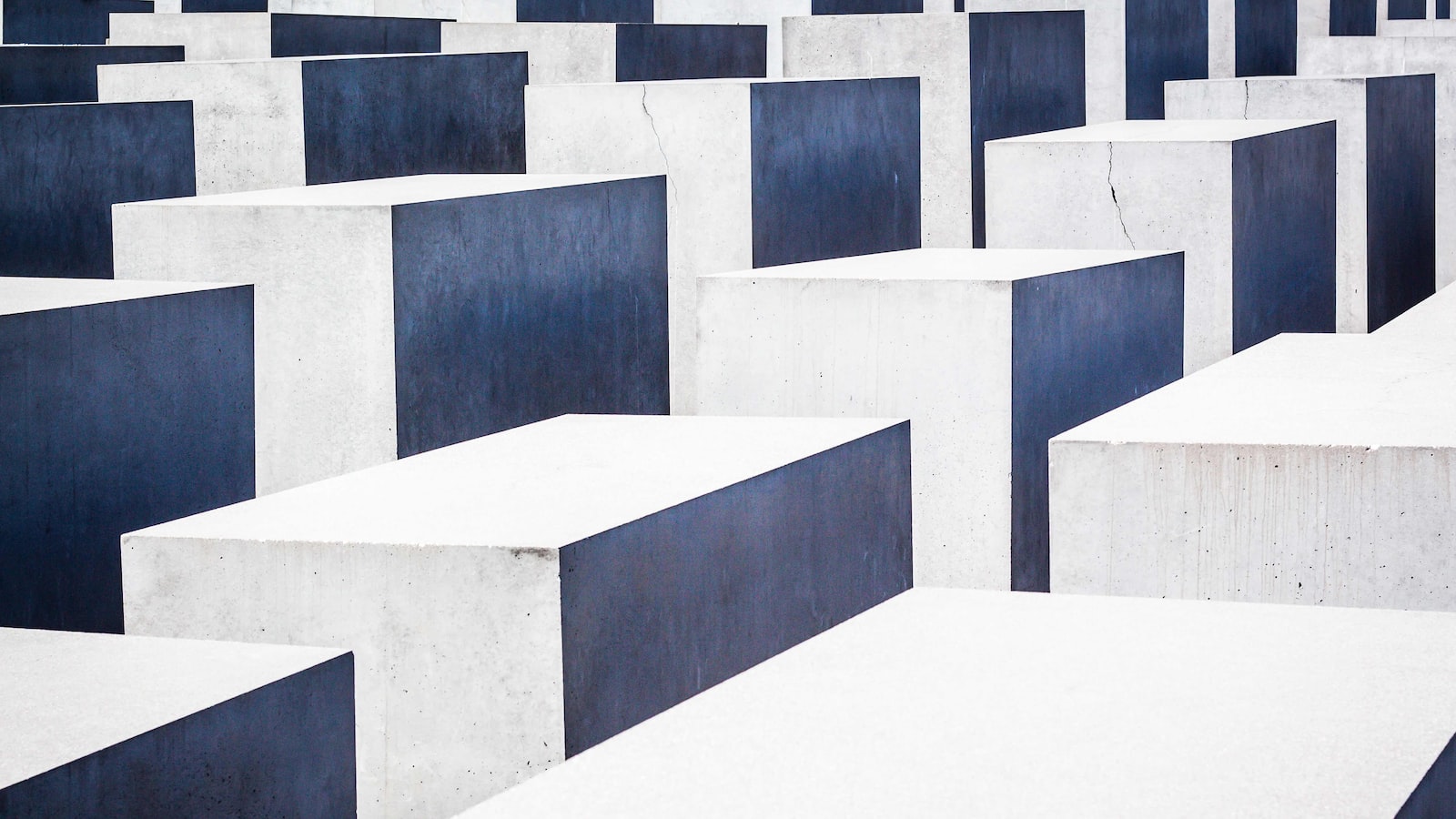
Unveiling the History of Woo
As a cosmetic specialist, I’m fascinated by the origin of strange words and phrases used within the field. One I recently came across in the realm of cosmetics is the term “woo”. In this article, I will seek to explain the history of woo, and how it has infiltrated the makeup industry.
The phrase “woo” is derived from the word “cooee”, which was both an Australian Aboriginal signal call and Kiwi slang. It was first popularised in the US and the UK during the 1950s. In its original form, the term “woo” connoted a sense of amazement and enthusiasm. It was only in the 1980s, however, that the term was applied to cosmetics.
The first usage of the term in relation to cosmetics occurred in California when beauty salons in the area included the term “woo” in their marketing campaigns. As a result of this, the term “woo” soon became a synonym for beauty in the US. This spread to other countries, with cosmetics businesses all over the world now using the term “woo” as an alternative to words such as “beauty” or “glamour”.
The term “woo” is now widely used within the cosmetics industry to refer to products, techniques, and processes that are intended to enhance someone’s appearance. It is often used in advertising campaigns to draw attention to certain cosmetic treatments or products. The term “woo” can be applied to any element of the beauty industry, such as makeup, skincare, fragrance, haircare, and even diet and exercise.
From its humble beginnings in Australia and New Zealand, the term “woo” has developed into an integral part of the global cosmetics industry. It has engrained itself in our culture and is now an established way of referring to anything that looks, smells, or is made to make us look good. As a cosmetic specialist, I’m thankful for the work that has gone into the concoction and propagation of the word “woo”, as it has allowed us to be creative and communicate more effectively in the beauty realm.
So, the next time you hear someone using the term “woo” in relation to makeup products or treatments, you can thank the original inventors whose creativity spawned this unique and wonderful term. Knowing the history of woo is key to understanding and appreciating its presence in the makeup industry today.
The history of makeup is long and varied, dating back to ancient times. For thousands of years, people have used cosmetics to enhance their features and improve their appearance. In recent years, the term “woo” has been used to refer to a specific type of makeup that involves the use of natural pigments and dyes. This type of makeup is becoming increasingly popular, thanks to its ability to provide a subtle, natural look.
The use of natural pigments and dyes in makeup dates back to ancient times. In Egypt, around 3000 BC, people would use mud and ground minerals to decorate their faces and body. This practice was also popular among the Chinese, who used their natural resources to make bold and beautiful colors. These colors were used to enhance features, accentuate beauty, and protect against the harsh elements.
Over time, the process of mixing and creating pigments and dyes for the purpose of makeup has become more refined. Ancient Romans were known for their development of colorful wools and oils used in cosmetics. In the Middle Ages, Europeans relied heavily on the use of plants and vegetables, primarily for pores and stickiness. Arabs developed a paste or cream version of makeup that was applied by using a glove.
Fast-forward to modern times, and we’ve seen a resurgence of the use of natural pigments and dyes in makeup. More and more makeup brands are turning away from synthetic materials and focusing on eco-friendly products. Producers are now creating products containing minerals, herbs, and oils that are free from harsh chemicals and provide a more subtle look.
At the forefront of this movement is the concept of “woo.” This form of makeup relies on the use of natural pigments and dyes to enhance features, boost confidence, and create a dramatic look. Popular trends include jewel-toned eyeshadow, highlighters, and natural mica creams. The beauty of woo lies in its ability to create subtle, yet stunning, looks that can be tailored to any skin tone or type.
Whether you’re looking to make a bold statement or achieve a more natural finish, woo is sure to be the perfect fit. This method of makeup draws on the resources of centuries of natural beauty practices to give you a timeless and beautiful look. With the rise of this trend, there’s never been a better time to start experimenting with your makeup routine.


